The Art of Nature's Cunning: 13 Brilliant Hunting Strategies
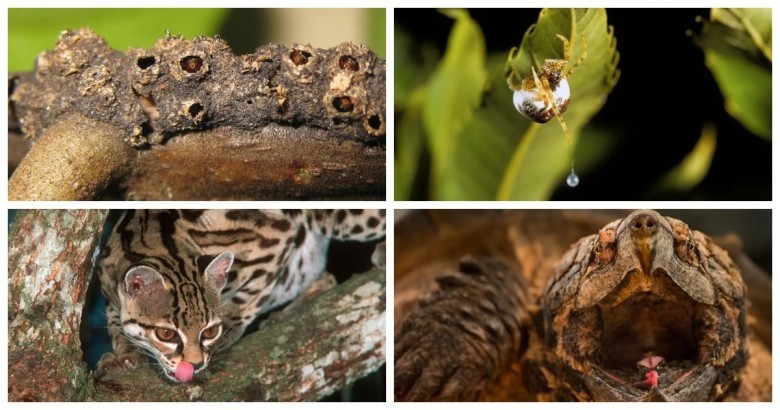
In the wild, some of the savviest hunters surprise us with their clever and inventive tactics to secure their meals. From arachnid trickery to aquatic finesse, the animal kingdom showcases some extraordinary techniques that reveal nature's ingenuity. Let’s explore 13 remarkable hunting tricks that highlight the resourcefulness of these predators.
1. The Flashing Lure of a Spider
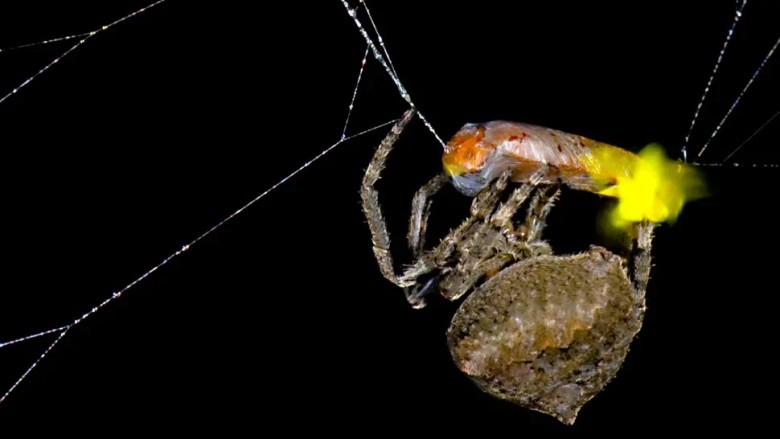
In the lush landscapes of China, a remarkable spider called Araneus ventricosus captivates prey with the help of fireflies. During mating season, male fireflies communicate through rhythmic light signals. This clever spider takes notice and, after ensnaring a male firefly, injects venom to manipulate its signals. The spider then exploits this mimicry to attract more unsuspecting males, effectively luring in more food.
2. Hypnotic Displays of Cuttlefish

Beneath the tranquil coral reefs of the Indo-Pacific, the broad-browed cuttlefish (Sepia latimanus) mesmerizes its potential meals with dazzling pulsating light displays. These cephalopods skillfully blend into their surroundings by manipulating their skin’s color and texture. The flashing stripes they create can daze fish, enabling the cuttlefish to extend its feeding tentacles and feast without alarming its target.
3. The Master of Disguise: Crocodiles
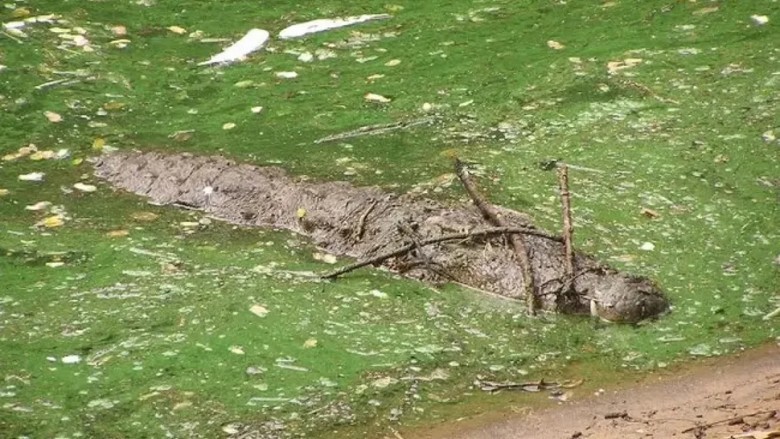
In Louisiana, the American alligator has developed an intriguing strategy to lure birds. By balancing sticks on their heads, they mimic nesting materials, drawing in curious birds looking for a place to build their nests. When the moment is right, the alligator leaps to catch the unsuspecting birds, showcasing a clever application of camouflage.
4. Trapdoor Spiders at Work
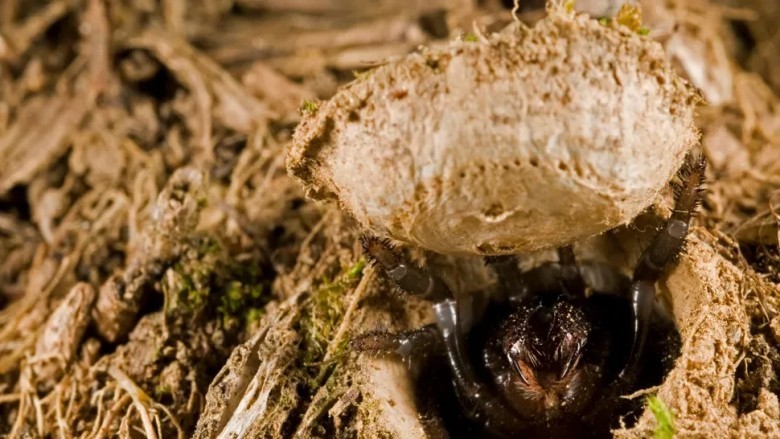
Trapdoor spiders are the epitome of stealth. Constructing silky tunnels adorned with camouflaged flaps, they remain hidden beneath the surface. When an unsuspecting insect ventures too close, the spider springs from its lair, catching its prey with agile precision, turning ambush into an art form.
5. Bubbles for Dinner: Whales’ Unique Feeding Technique
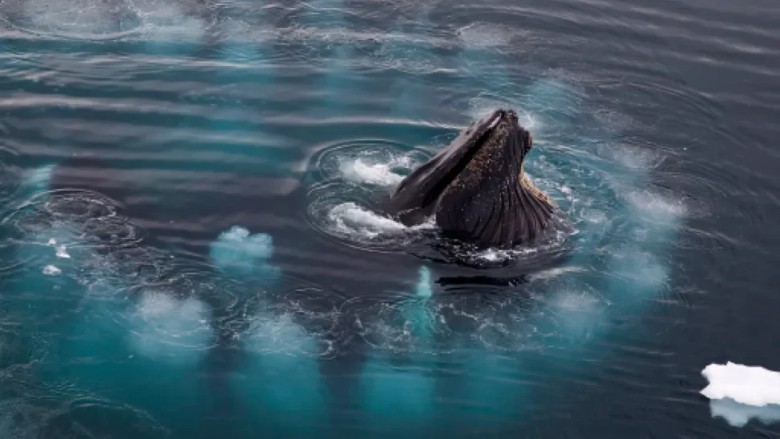
The majestic humpback whale (Megaptera novaeangliae) employs a fascinating hunting method known as bubble-net feeding. Swimming in circles, these whales create nets of bubbles that trap fish, compressing them into tight clusters. It's a synchronized effort that highlights the cooperative instincts of these gentle giants.
6. Cooperative Ants on the Hunt
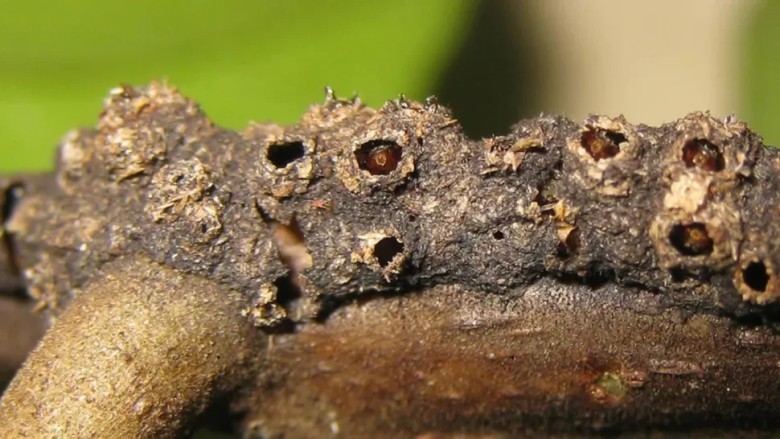
In the tropical forests of Central America, the Azteca brevis ant demonstrates the power of teamwork. By creating hidden nests on tree stems, these ants lie in wait, poised to snatch insects that wander too close. Their calculated ambush tactics ensure a successful harvest for the colony.
7. A Lasso for Prey
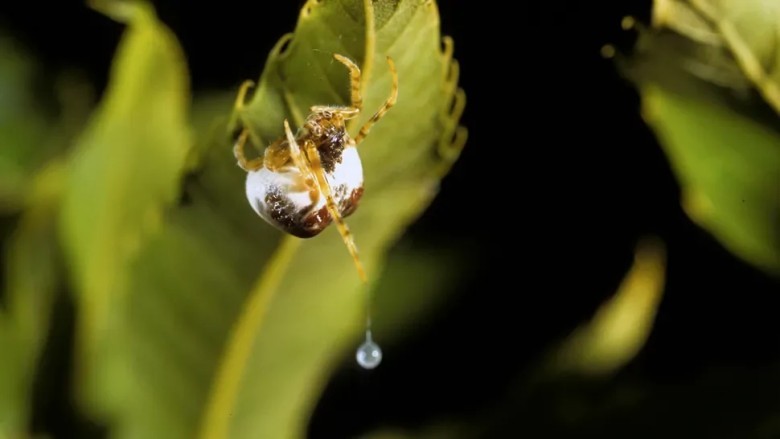
The bolas spider (Mastophora hutchinsoni) employs a unique method reminiscent of a superhero's lasso. By exuding a scent that mimics female moth pheromones, the female spider draws in males. When close enough, she skillfully casts a sticky silk line to ensnare her target, proving that deception can be a mighty weapon.
8. Glowing Fishing Lines in Caves
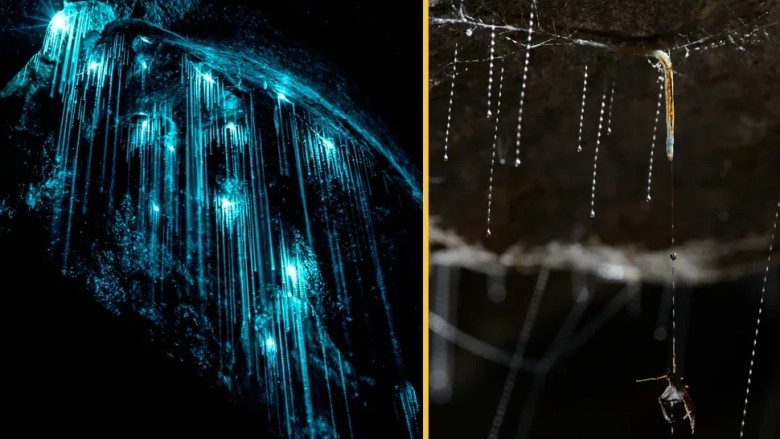
In New Zealand's dark caves, glowing larvae of the fungus gnat (Arachnocampa luminosa) create enchanting traps. Using strands of bioluminescent slime, they attract insects drawn to the light. With remarkable efficiency, these larvae catch their meals, contributing to the mysterious beauty of cave ecosystems.
9. The Spider-Tempting Viper
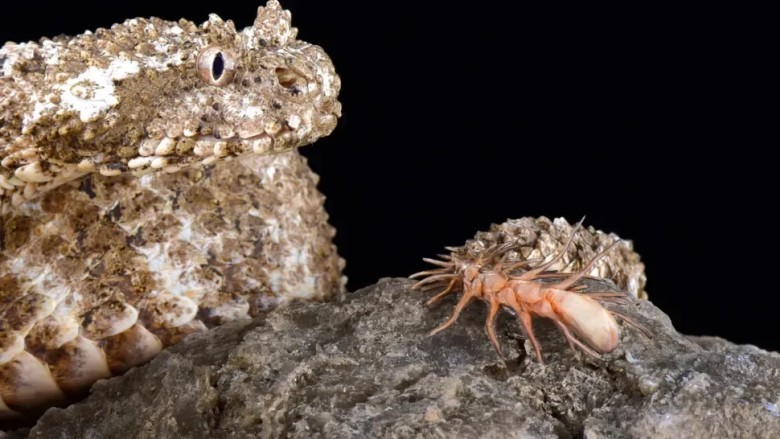
The spider-tailed horned viper (Pseudocerastes urarachnoides) showcases an extraordinary adaptation. Its tail, resembling a spider, trembles to lure in curious prey such as lizards and birds. As the unsuspecting creature approaches, the viper strikes swiftly, thanks to its ingenious design.
10. Mimicking Baby Calls for Survival
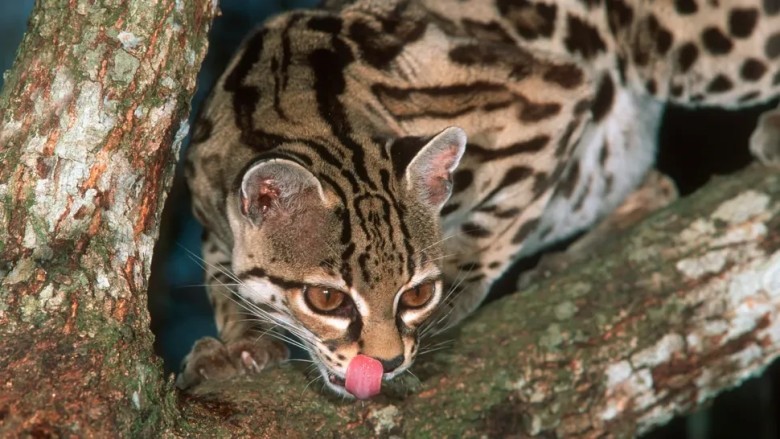
Margays (Leopardus wiedii), small wild cats in Central and South America, have developed an expert tactic by mimicking the cries of baby tamarins. This vocal mimicry triggers instinctive protective responses from the adult monkeys, leading them straight into the waiting jaws of the margay.
11. Bait-and-Switch Fishing
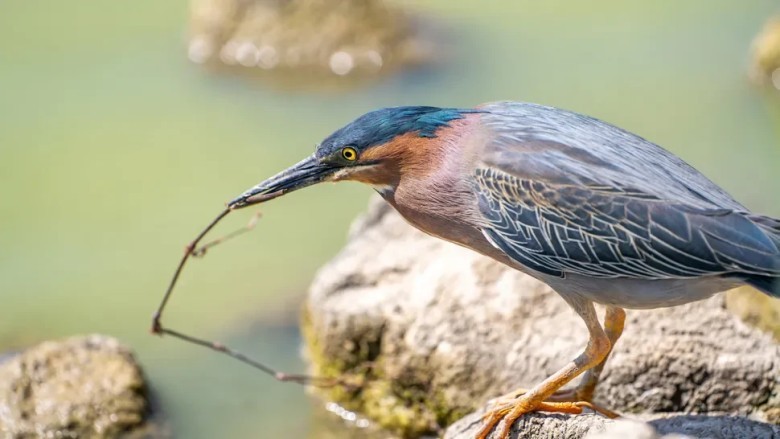
The green heron (Butorides virescens) employs a strategy akin to a fisherman with bait. Found skimming the shores of American swamps, these birds ingeniously toss bits of food into the water to lure fish. When the fish come to investigate, the heron seizes the moment to catch its meal with a swift plunge.
12. The Trick of a Fake Tongue
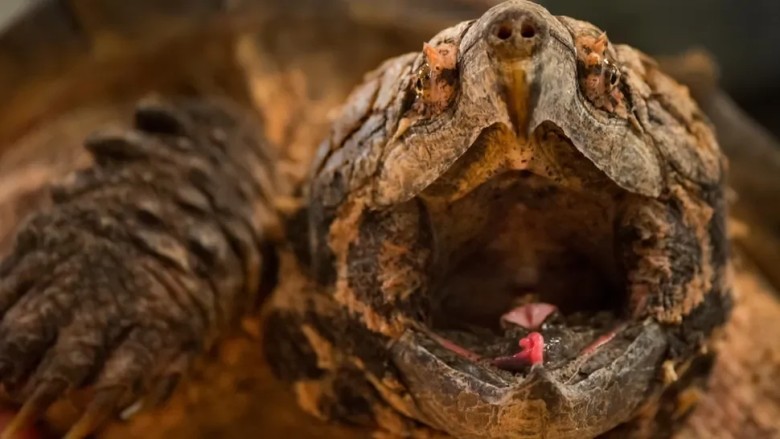
Alligator snapping turtles (Macrochelys temminckii) have a fascinating hunting strategy involving their unique appearance. With a tongue that mimics a wriggling worm, these turtles attract fish as they lie motionless on the riverbed. Once a curious fish approaches, it quickly becomes dinner.
13. Sand Pit Traps
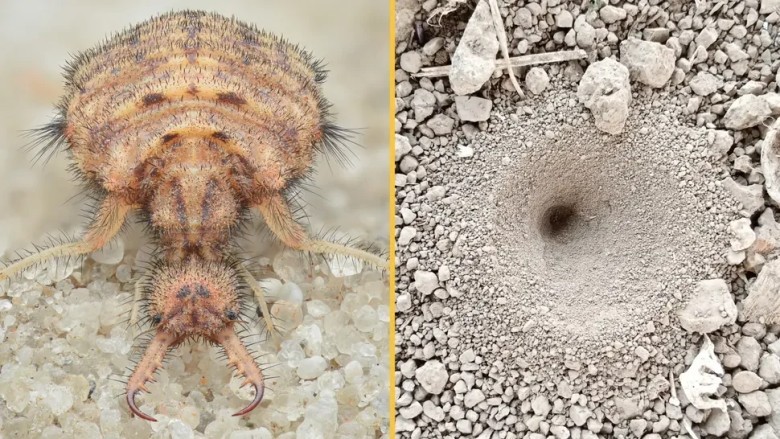
In dry regions, the deadly larvae of the anteater (Myrmeleontidae) craft ominous sand funnel traps. These larvae create perfectly shaped pits to ensnare unwary insects. When an insect tumbles into the trap, the larvae strike, showcasing patience and precision that rivals any master hunter.
Nature's adaptive strategies never cease to amaze, revealing not just the struggle for survival but also the brilliance of evolution across different species. Each of these hunters employs tactics that reflect their unique environments, reminding us of the endless creativity found in the natural world.
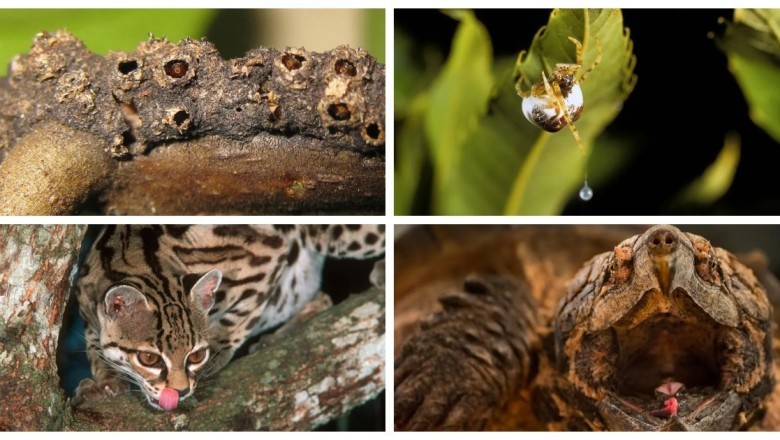


































Comments
0 comment